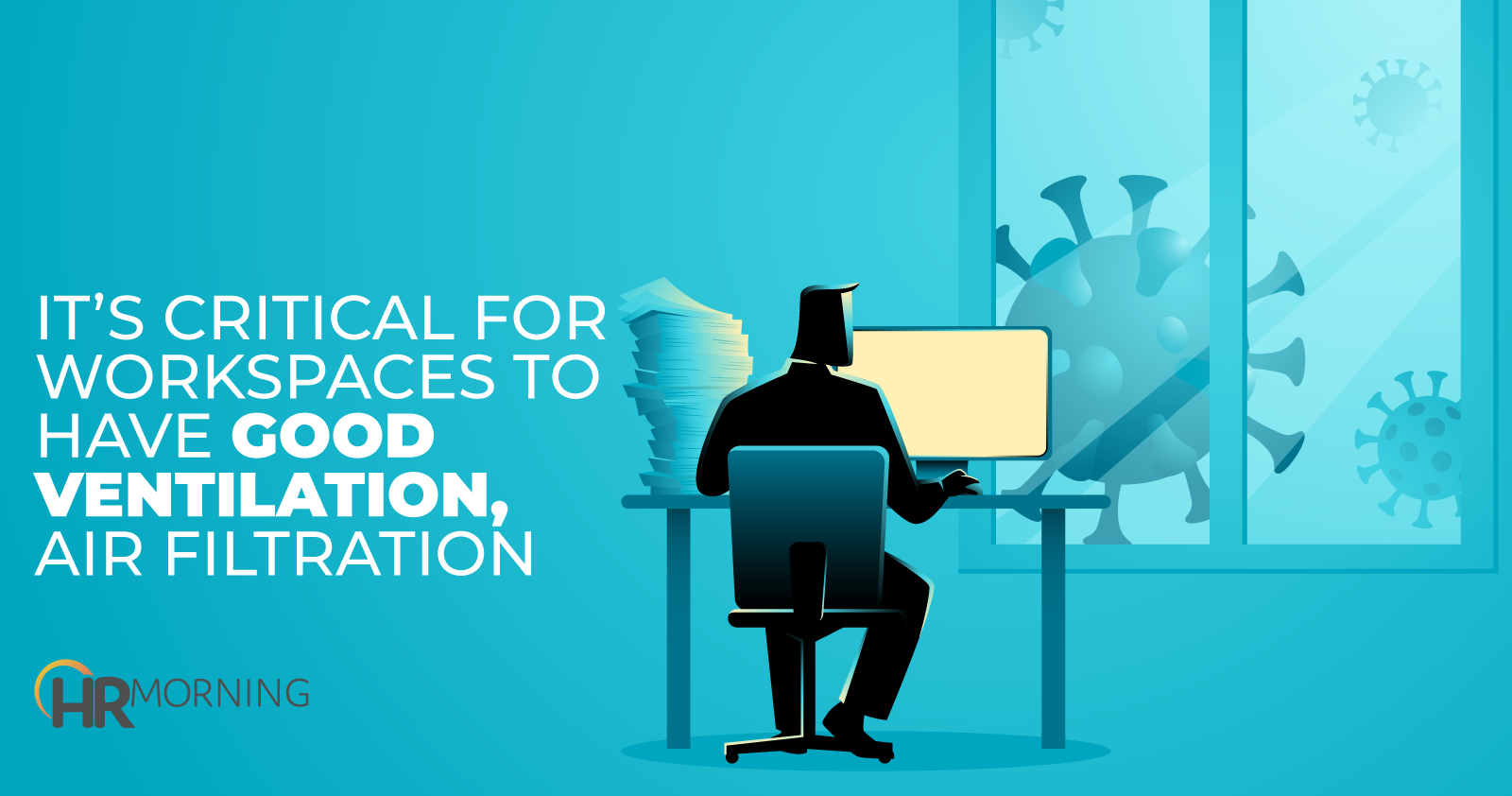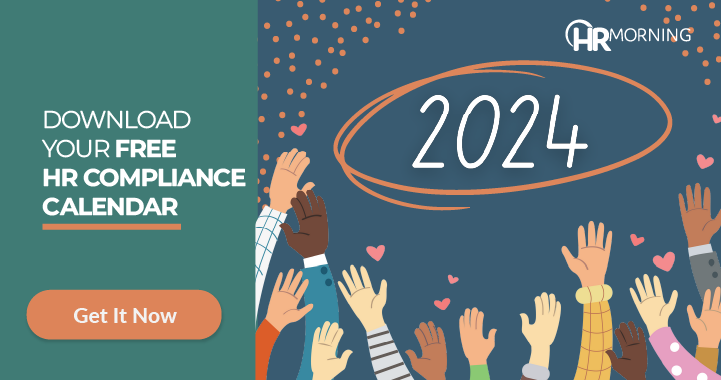As many offices begin to reopen, health and safety is going to be top of mind for both employers and employees. Some workers may be anxious about sitting near their colleagues again after a year at home, and business leaders are doing everything they can to make workers feel more comfortable.
But according to scientists, a lot of widely adopted COVID safety precautions might not really be doing much good.
Here’s the CDC’s updated guidance on the most effective safety measures, and the ones that might not be worth the effort.
Focus on ventilation
Scientists have agreed that the biggest culprit to COVID-19 spread is airborne transmission. This means it’s critical for your workspace to have good ventilation and air filtration. Ask yourself how often the air is changing in your space.
COVID isn’t spread through large droplets – it happens when small particles linger in the air for hours. In poorly ventilated spaces, these can build up and increase the risk of infection. Being outdoors helps these particles disperse more quickly.
One precaution a lot of employers are wasting their time with? Sanitizing surfaces, the CDC says. Scientists have determined the risk of transmission by touching infected surfaces is very low. Employers should put that money and effort into ventilation improvement.
Many companies have installed plastic dividers between employees’ desks, but the CDC thinks those are of “questionable” benefit. A study showed that the coronavirus can actually build up on these dividers if they aren’t disinfected regularly.
As more get vaccinated, COVID cases will go down, but these precautions can still be invaluable to fight colds and the flu.
Cite: Heading back to the office? Ask for air filters, not bleach



